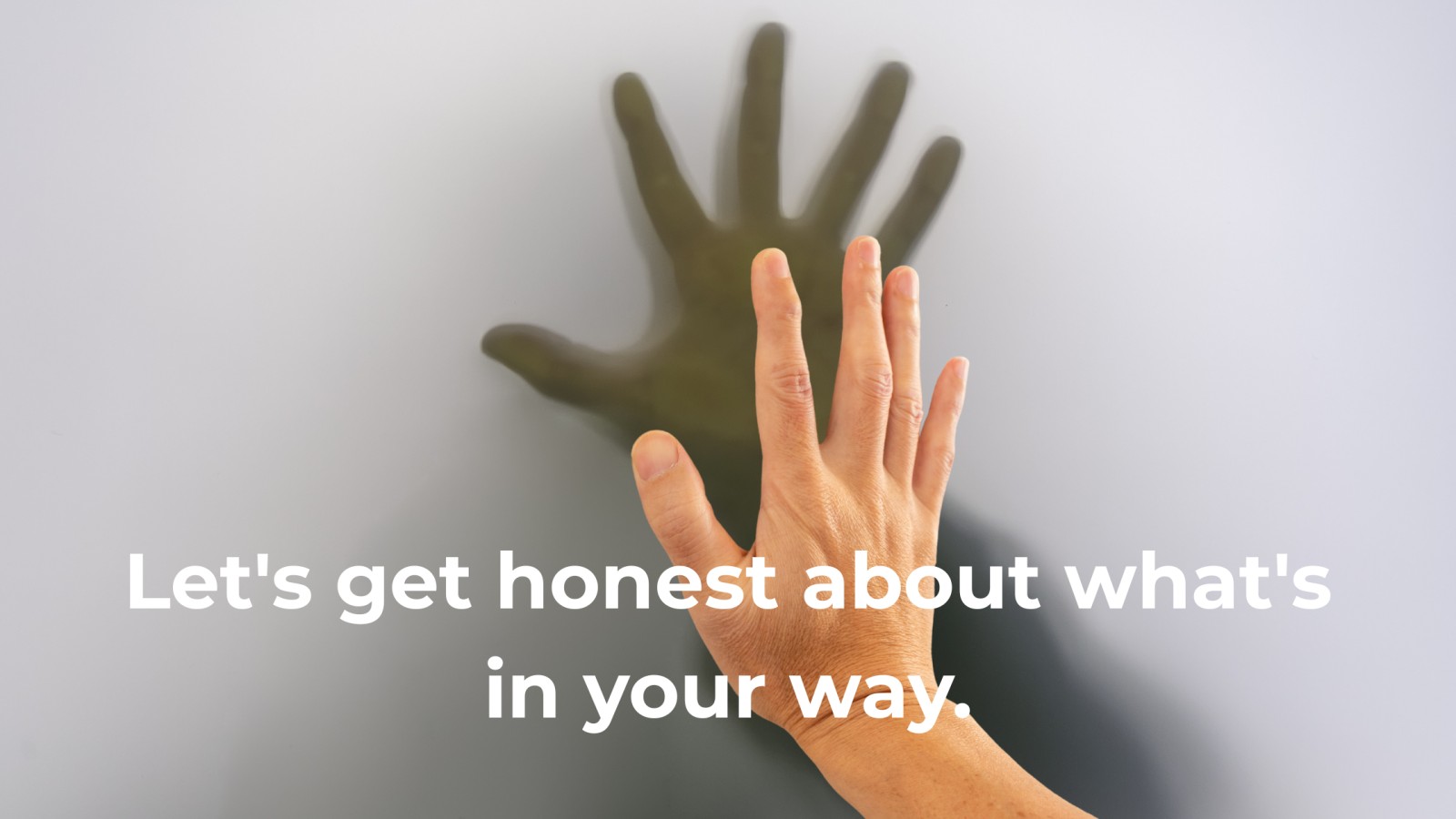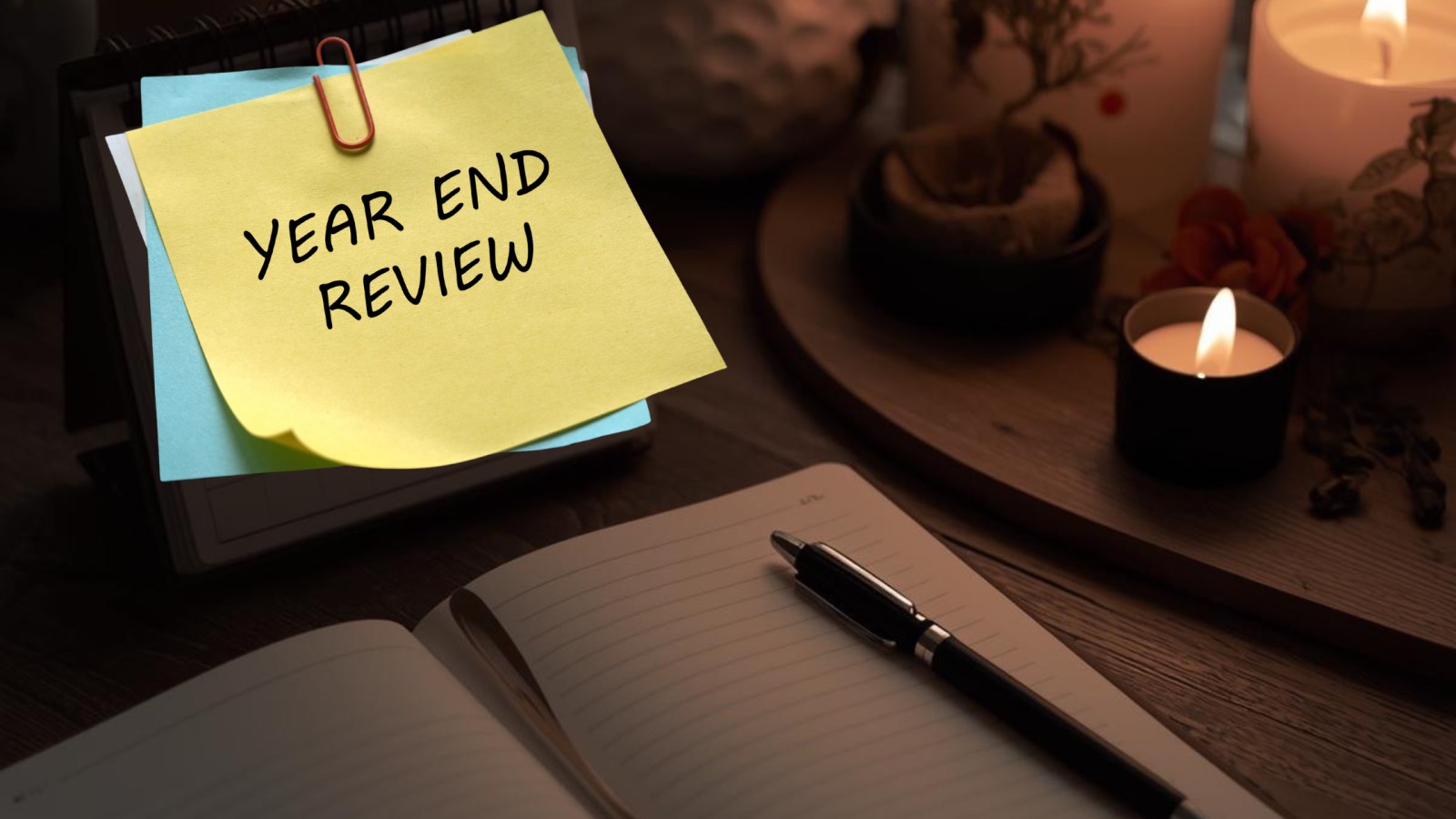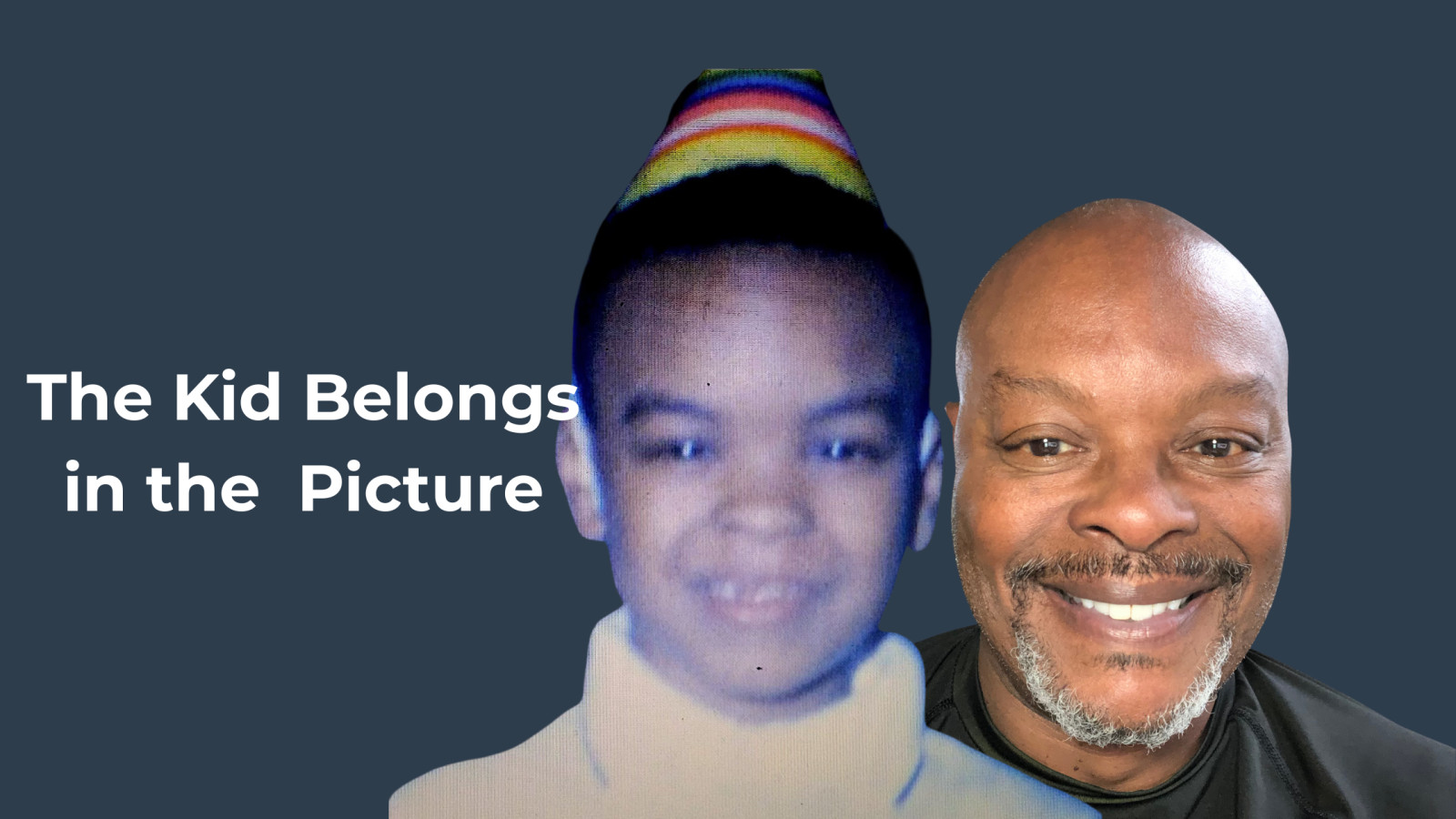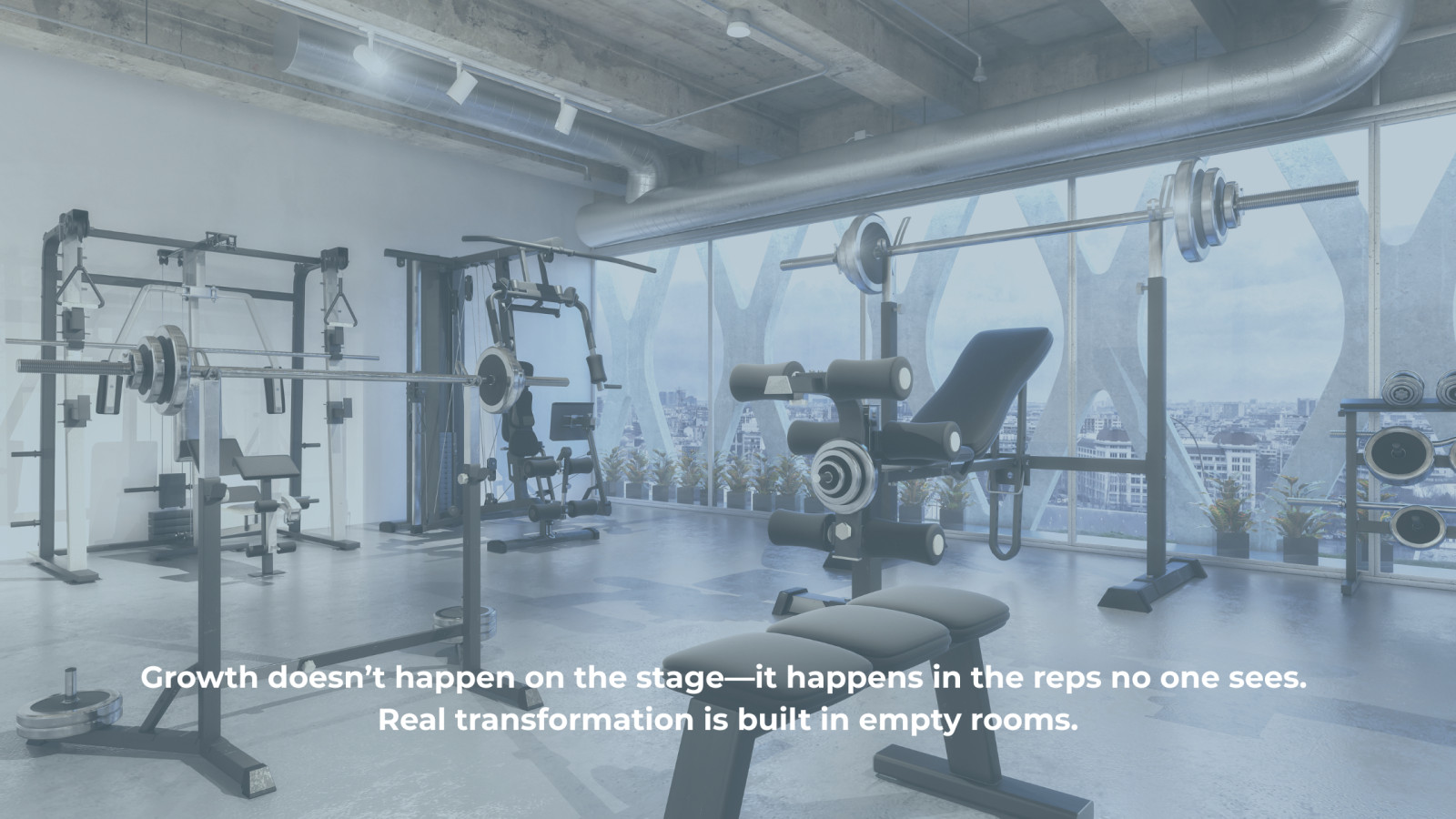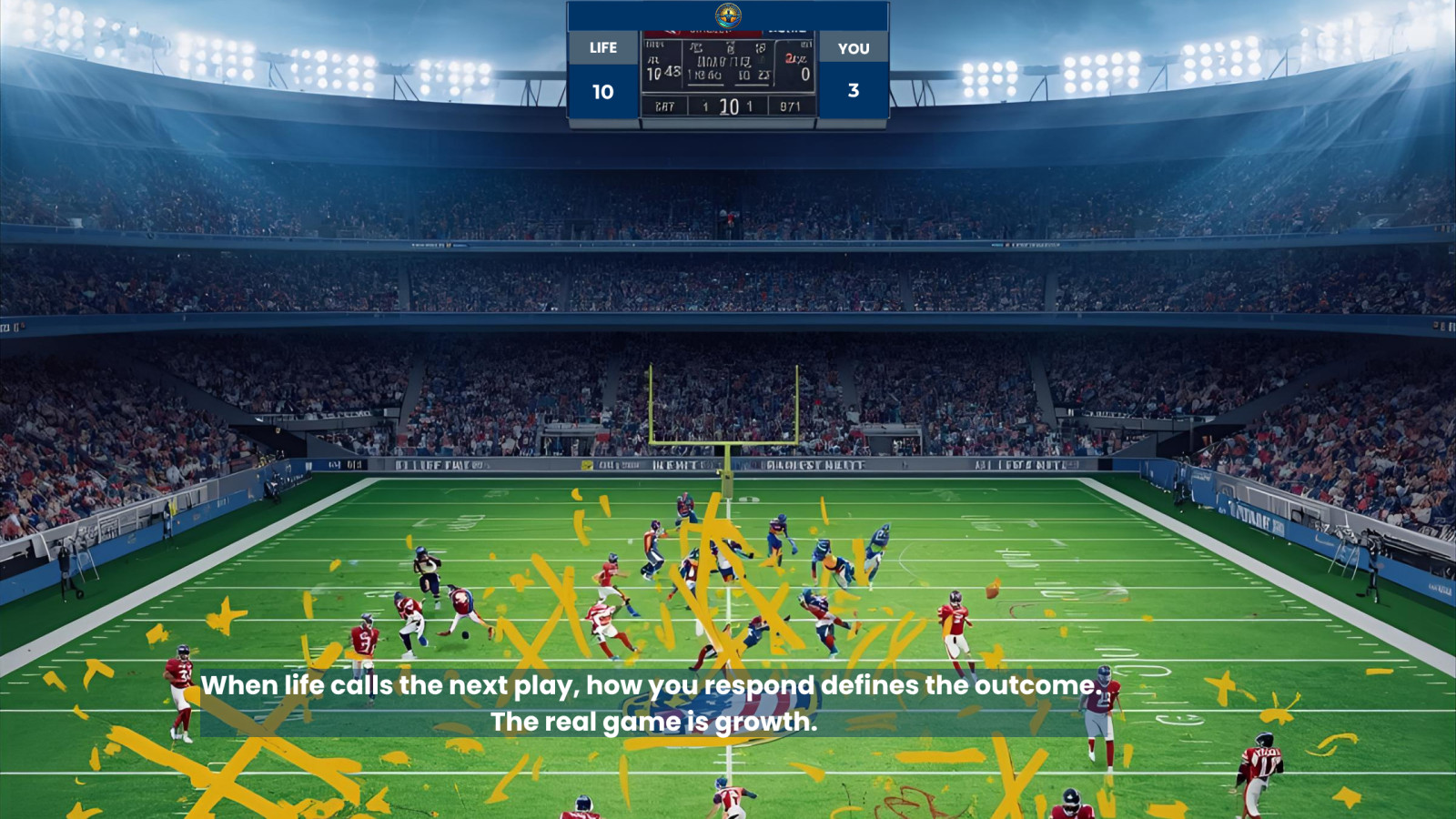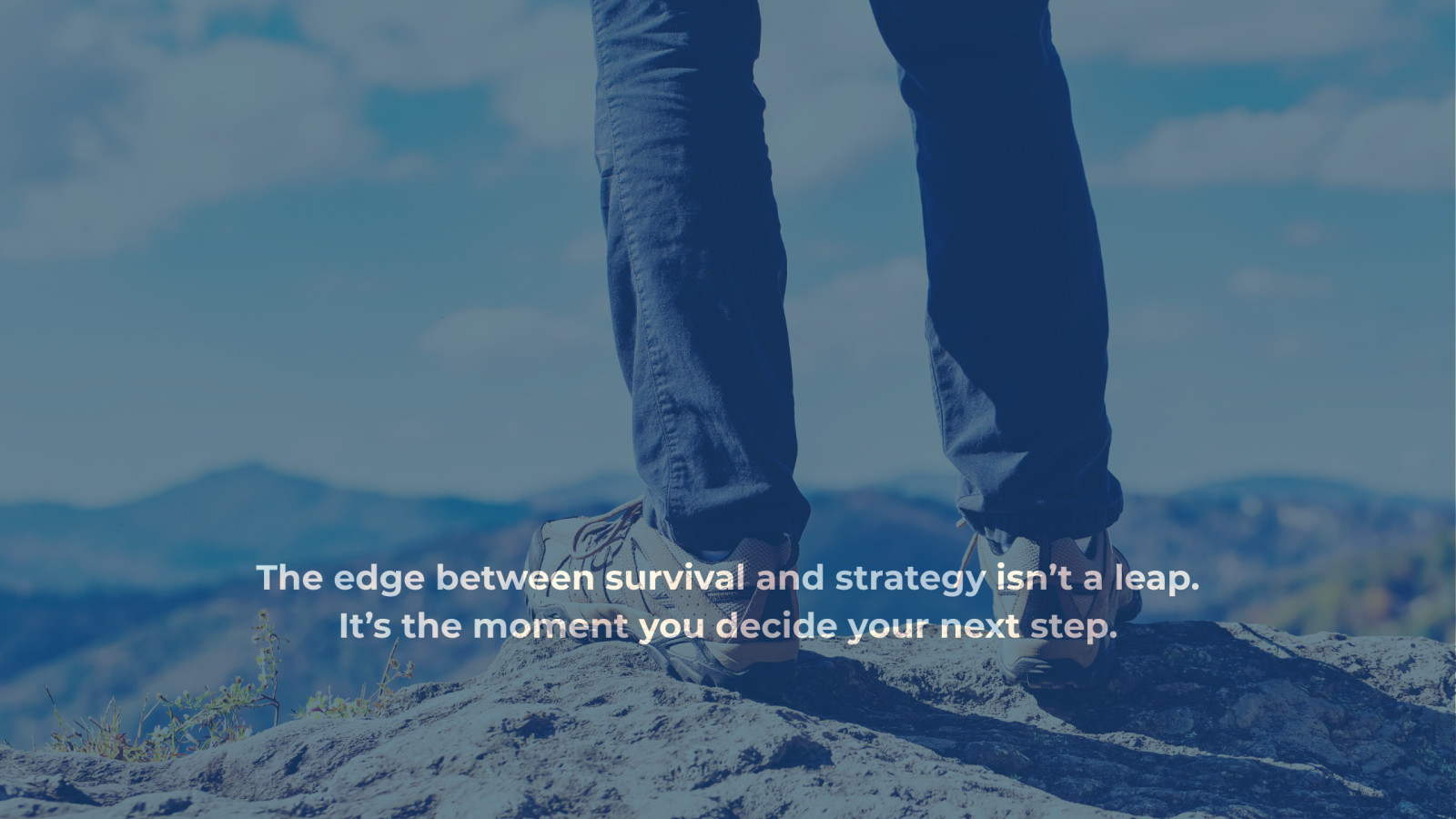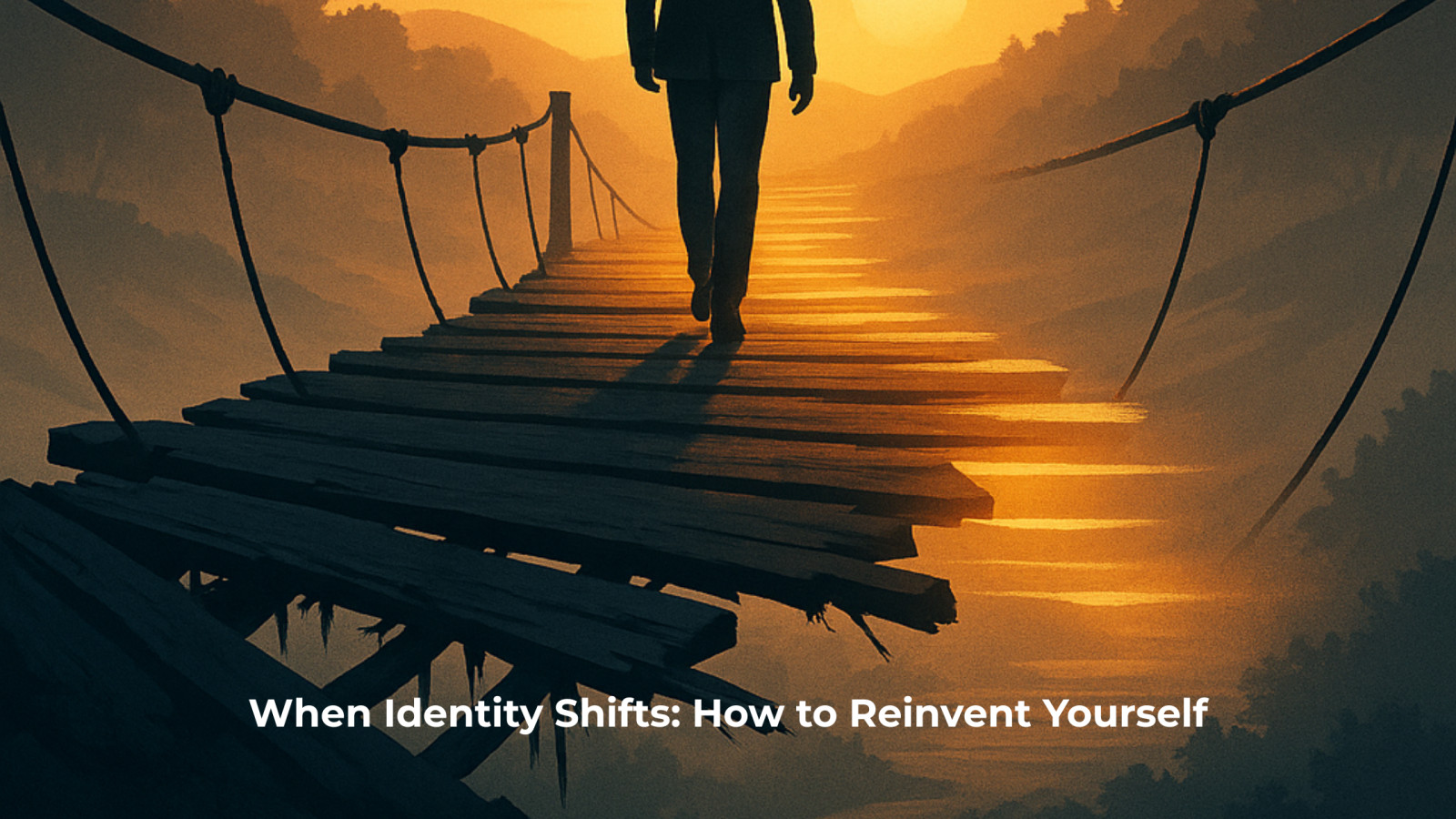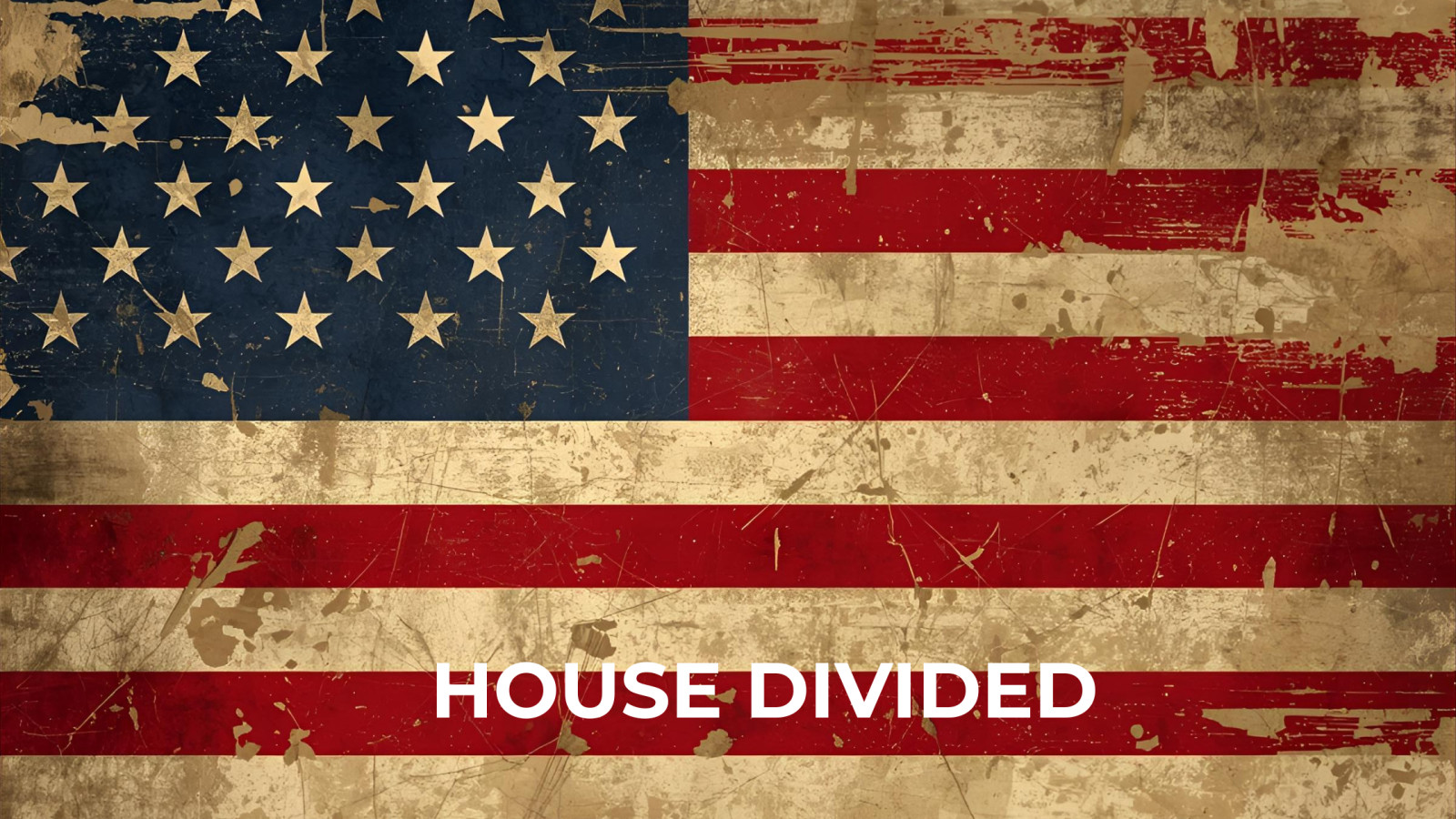
In life's journey, we sometimes encounter a fog that clouds our vision and burdens our soul, leaving us feeling stuck and directionless. This feeling of burnout isn't a sign of failure but rather a transition—a necessary pause where transformation begins. Through a case study inspired by real experiences, "From Fog to Flight" explores the phases of emerging from this haze, guiding us from feeling overwhelmed to rediscovering hope, purpose, and ultimately soaring into what we’re meant to become.
The first installment of the series, "The Fog," resonates with anyone who has felt emotionally exhausted or lost amidst their life's responsibilities. It's portrayed through the story of Marcus, a man doing everything he's supposed to, yet wondering if there's more to life than the daily grind. His experience is a mirror reflecting the universal struggle of maintaining outer composure while feeling frazzled internally—a call to seek clarity and redefine what it means to truly live rather than just survive.
Recognizing burnout's subtle symptoms—mental overload, emotional isolation, identity loss—and their deeper roots beyond mere physical fatigue, this journey provides actionable steps to navigate through the fog. From acknowledging what feels off to defining personal clarity and letting go of draining obligations, each step fosters movement and intrinsic growth. Ultimately, embracing the uncertainty of the fog can ignites a flicker within us, a quiet assurance that there’s light at the end of the transition—a reminder that we're not alone and change is possible, one step and one breath at a time.
Read more...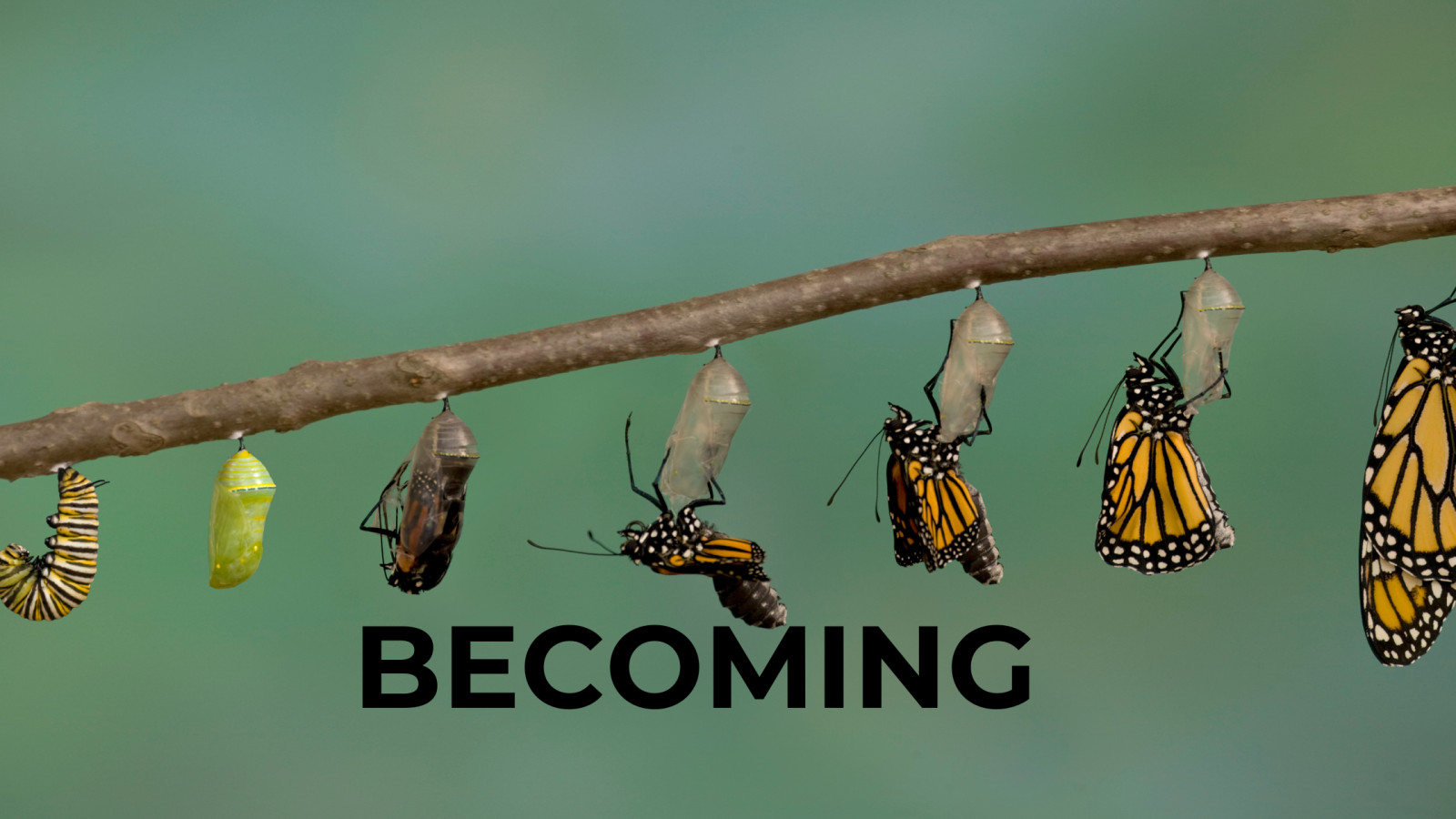
Letting go of old identities and embracing personal growth can feel daunting, akin to stepping into the unknown. Personal evolution often involves a tension between clinging to familiar aspects of oneself and stepping into a new, more authentic version. This process is not about abandoning the past but releasing elements that no longer serve us, allowing us to fully step into our truth.
Identity labels, such as "mother," "Black," or "creative," shape how we see ourselves and how others perceive us. These labels can provide a sense of structure and belonging but can also become confining, hindering our ability to explore new dimensions of our identity. Letting go of these labels means understanding that we are more than any single definition and giving ourselves permission to grow beyond them.
The process of letting go involves recognizing signs of misalignment, such as feeling restless or stuck, and taking actionable steps toward change. This includes acknowledging the shift, grieving the old version of oneself, leaning into discomfort, redefining values, and taking incremental steps forward. By releasing what no longer serves us, we create space for clarity, purpose, and alignment with our true selves.
Read more...

